With the advent of technology, people from all walks of life are embracing how it affects their everyday lives, including in the lawn care industry. Among the game-changers in this field are robotic lawn mowers.
This tool keeps our lawns pristine without the need for manual labor, all thanks to the remarkable blend of technology and machinery.
In this article, we will dive into common problems users experience, solutions, and preventative measures. On an advanced note, we will touch on complex issues, which require more technical knowledge, including electrical testing and software problems, accompanying safety measures.
- Related article: What are the Best Robot Lawn Mowers?
Understanding Robot Lawn Mowers: What Are They and How Do They Work?
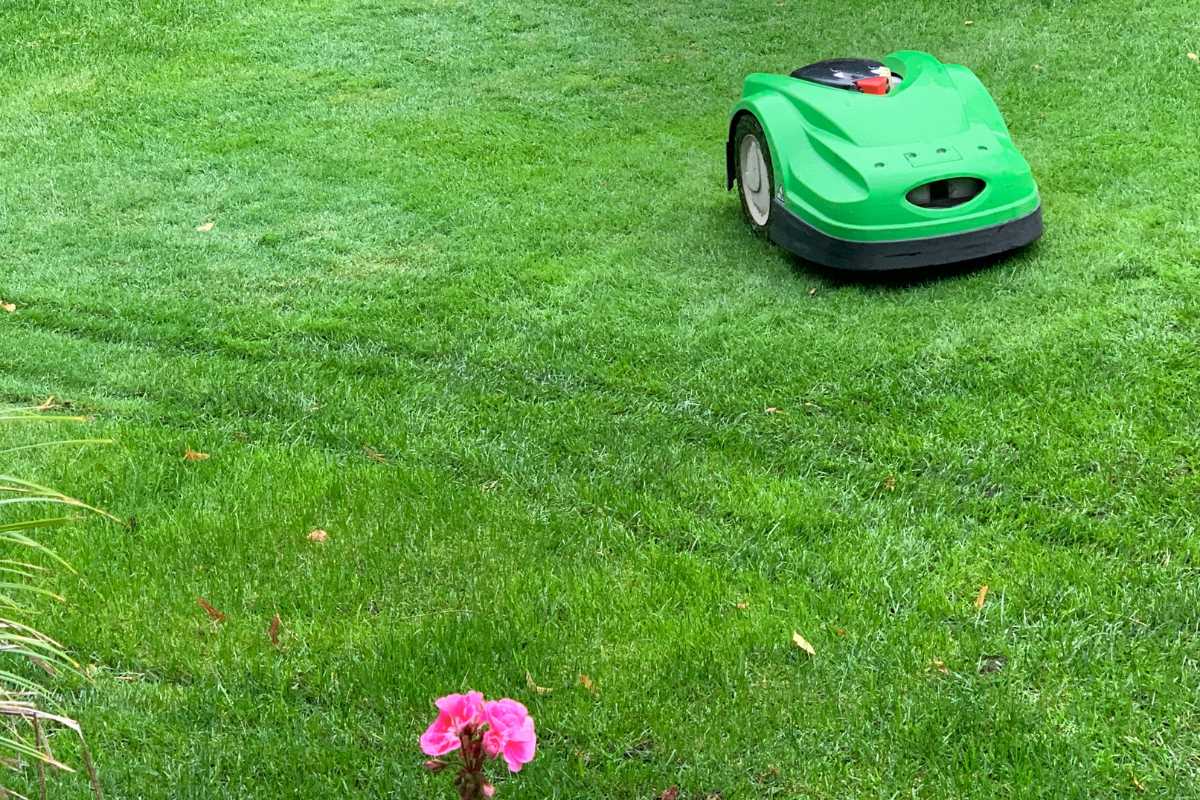
We first need to understand the basics of robot lawn mowers, so we can troubleshoot correctly and efficiently.
As the name suggests, robot lawn mowers are autonomous devices that aim to make lawn maintenance a stress-free task. Although various models exist with specific features, the fundamental technology remains fairly consistent across the board.
Inside Robot Lawn Mower Technology
The core functioning of a robot lawn mower is governed by an array of advanced technology, from algorithms to sensors. These features enable the robot lawn mower to maneuver around your lawn with relative ease, avoiding obstacles, and covering all grassy areas.
Robot lawn mowers are fitted with multiple types of sensors. Some examples include touch sensors to detect obstacle contact, tilt sensors to perceive change in direction or incline, and rain sensors to move the mower to a dry area when it starts to rain.
GPS and boundary wire technologies work hand in hand to define the area to mow. The GPS guides the mower to different parts of the lawn, ensuring complete coverage, while the boundary wire keeps the mower within the defined space.
Robot Lawn Mowers Functionality
The primary function of a robot lawn mower is to cut grass with precision, consistency, and minimal human intervention.
You can schedule the mowing times for your robot lawnmower from a connected mobile app, ensuring that it runs at the most convenient times for you. Some robot lawn mowers are even smart enough to return to their charging stations when their battery is low, recharge, then resume mowing where they left off.
The clipping style of robot lawn mowers also greatly benefits lawn health. Instead of bagging clippings like traditional mowers, they finely cut the grass and leave the clippings on the lawn. These clippings decompose rapidly, acting as a natural fertilizer that boosts lawn health and growth.
Robot Lawn Mower Troubleshooting
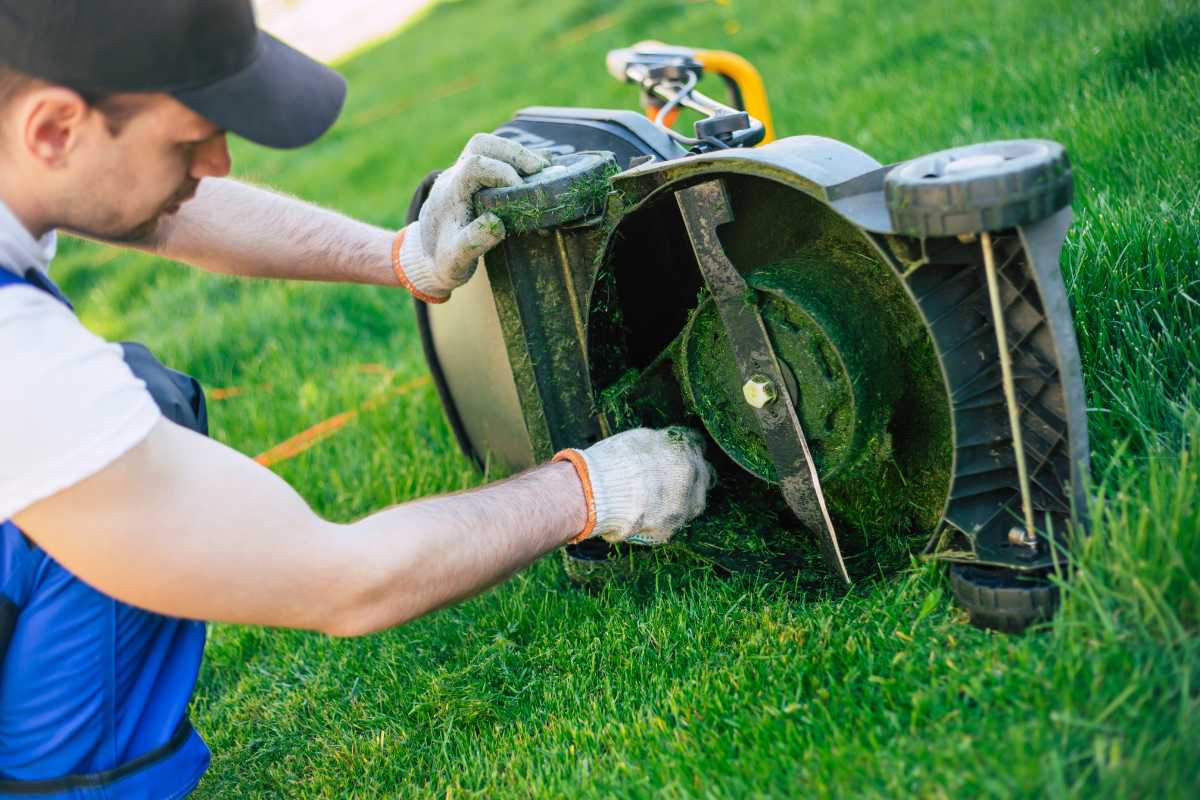
Understanding the basics of how your robot lawn mower works is crucial for successful troubleshooting. When your robot lawn mower encounters any problems, the first step should be to consult your product manual, as most issues and their resolutions are detailed therein.
If the issue persists, checking on the sensors, charging station, and even the boundary wire could help identify the problem. For instance, if your robot lawn mower keeps getting stuck in the same location, it could be due to an obstacle it cannot navigate or a malfunctioning sensor.
In terms of technical issues, remember that your robot lawn mower is essentially a computer on wheels. Issues like unresponsiveness or operating system glitches could be remedied by a simple reset or software update as shown in your product manual.
All in all, regular cleaning, software updates, and proper operation are essential to maintaining the longevity and smooth operation of your robot lawn mower. Refer to your manual regularly for maintenance tips and more in-depth troubleshooting guidance. Remember, understanding is key to successful troubleshooting.
Troubleshooting Common Issues and Solutions with Robot Lawn Mowers
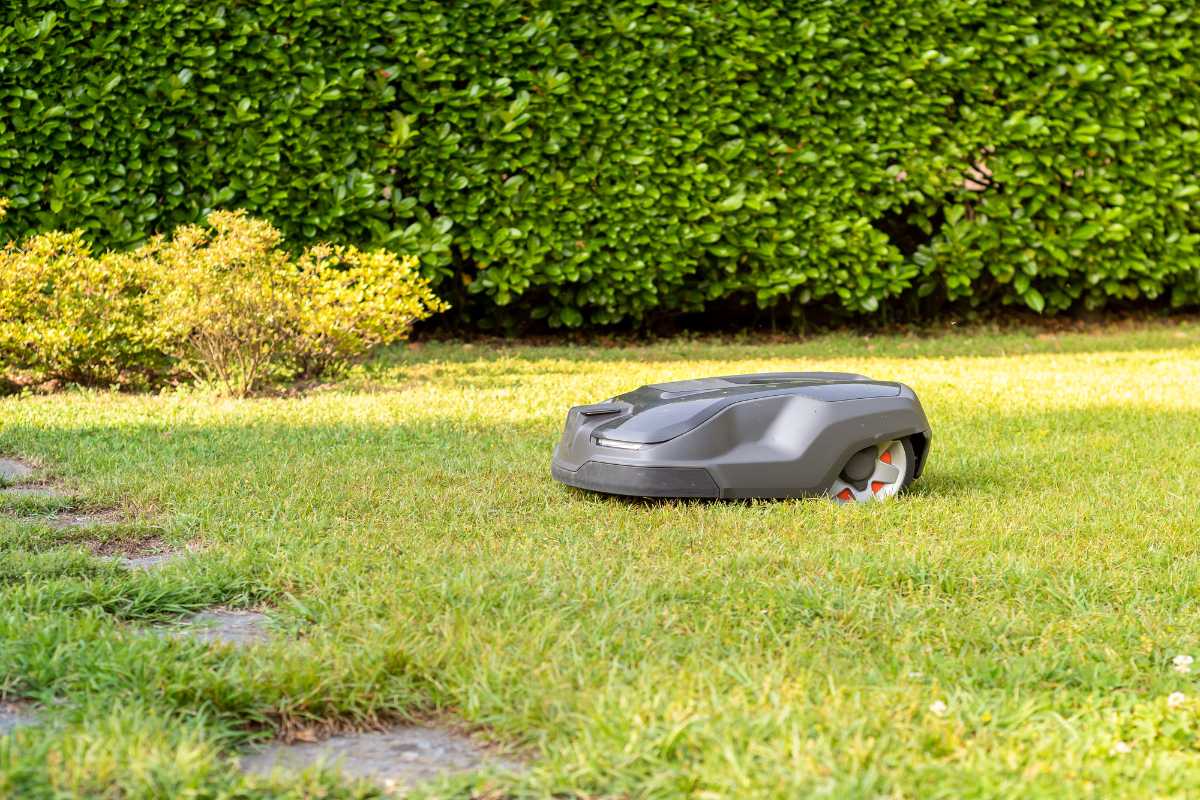
Robot lawn mowers are becoming an increasingly popular tool to maintain yards and gardens all by themselves. However, just like any other mechanical device, they may occasionally malfunction. Here are some of the most common issues with robot lawn mowers and how to fix them.
1. Robot Lawn Mower isn’t Starting
If your robot lawn mower isn’t starting, the first thing to check is its power supply. Ensure the charging dock is connected to a power source and the mower itself is securely docked.
Look out for indications that its battery is charging. If it isn’t, its battery may be dead or the charger could be faulty. Live grass or other debris may also hinder its docking.
Try cleaning the charging contacts on the mower and the dock.
2. Robot Lawn Mower Gets Stuck Often
A common problem with robotic mowers is them getting stuck. Check if it happens in a certain area. If so, adding additional boundary wires around difficult places, such as holes or uneven surfaces, can help.
Also, make sure the wire perimeter hasn’t been damaged or disconnected. Replace the wire if there is any damage.
3. Uneven Cutting by the Robot Lawn Mower

Another common issue is uneven cutting. This can usually be resolved by adjusting the cutting height on your mower. To perform this task, refer to your user manual, as the procedure may vary depending on the make and model of your lawn mower.
If this doesn’t resolve the problem, your lawn might be uneven, which can lead to certain parts of your lawn being cut lower or higher than others. In this case, consider leveling out your lawn.
4. Mower Spiral or Random Path not working
If your mower isn’t following a spiral or random path, it might be because the mower’s sensors or software are malfunctioning. Try resetting your mower: switch it off, wait for a few minutes, and then switch it back on. If this doesn’t work, you may need to update the mower’s software or have the sensors checked and possibly replaced.
5. Mower Isn’t Returning to the Charging Station
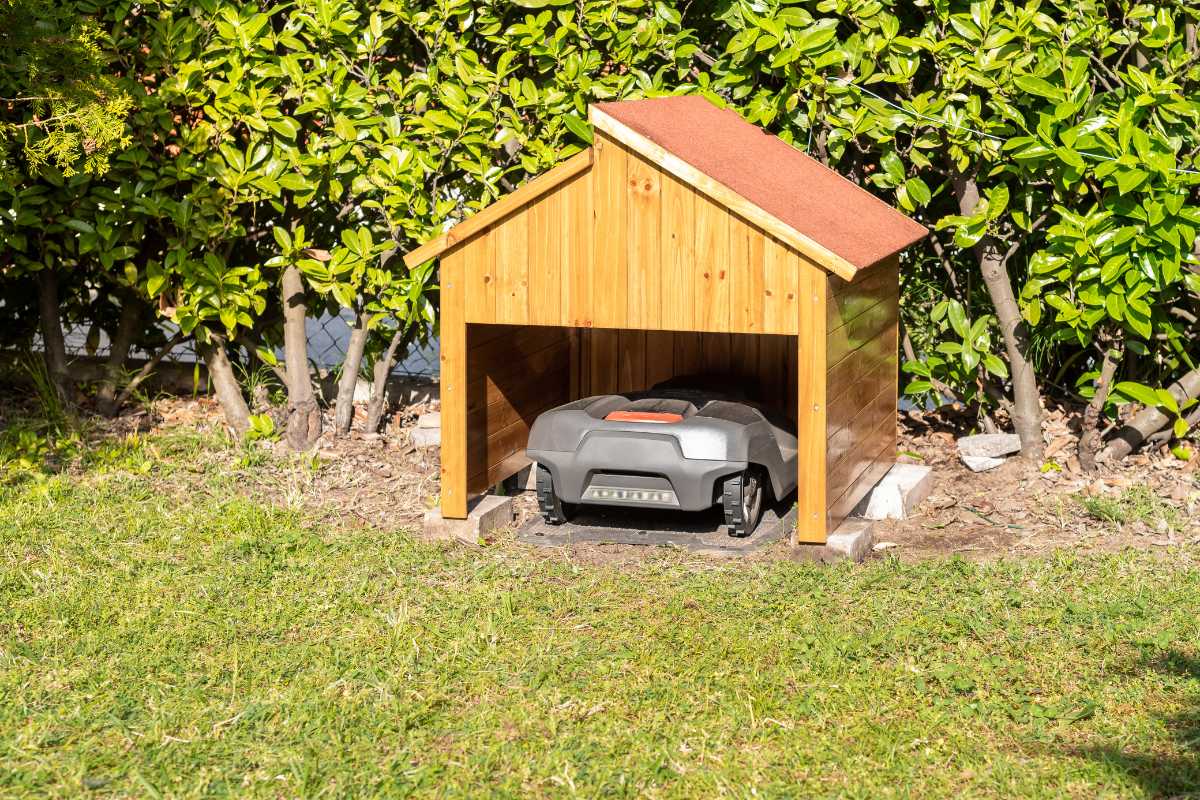
If the mower isn’t returning to its charging station, it might have lost its signal. Make sure that the boundary wires are laid out correctly and that there are no possible interferences.
Check that the charging station is connected properly and situated in the right place.
Advanced Troubleshooting Techniques
1. Understanding the Basics of Your Robot Lawn Mower
Before diving into the advanced troubleshooting techniques of robot lawn mowers, you should get an understanding of your device’s basic operation.
Know your robot mower’s parts, their functions, as well as the manufacturer’s advice for regular maintenance and troubleshooting. Having a thorough comprehension of your robot mower will aid immensely in the troubleshooting process.
Most problems with robot lawn mowers can be handled by understanding the basics of how they function and by noticing patterns in how issues arise. Keep the mower clean, the blades sharp, and the software up to date.
Often, the user manual or the manufacturer’s website will provide specific instructions for your mower model to troubleshoot more specific issues. If problems persist, don’t hesitate to reach out to professional services.
2. The Role of Error Codes
One of the prime aspects of robot lawn mower troubleshooting is understanding error codes. These codes are displayed when the lawn mower encounters a problem during its operation. The codes serve as a reference for the specific problems your mower is facing.
Refer to the user manual of your lawn mower or search online resources to comprehend what each code implies for your specific make and model.
For instance, on some Husqvarna robot mowers, error code 00 indicates a ‘No loop signal’ problem, while on a Robomow RS630, the same code could imply a different issue. Therefore, understanding and translating these error codes is key to diagnosing lawn mower problems.
3. Software Issues and Updates
Software issues can often be a root cause of mower malfunctions. This can range from a problem with the navigation system, the cutting operation, or even connection with your smartphone app.
Regularly updating your lawn mower’s software can help rectify these issues. Updates often come with bug fixes and improvements that might resolve your mower’s problems.
Your manufacturer’s instructions would generally provide steps to update your mower’s software. This can sometimes be done via a smartphone app or through a USB connection to your computer.
4. Safety Precautions Are Paramount
While troubleshooting your robot lawn mower, safety is a paramount aspect to consider.
Always be vigilant to avoid injury, and disconnect your lawn mower from its power source before starting any repair work. This reduces the risk of electric shock or accidental activation of the machine.
5. Electrical Testing of Your Robot Lawn Mower
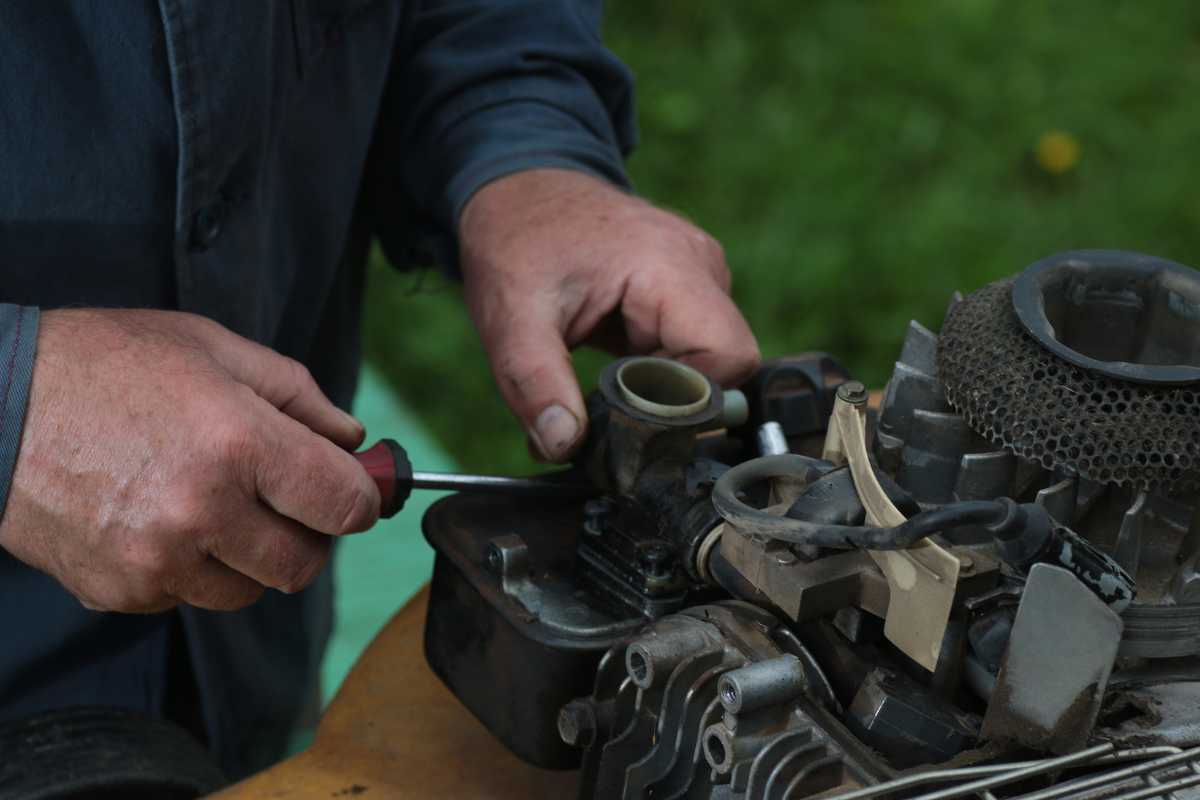
Advanced troubleshooting techniques may sometimes require electrical testing. This can involve testing components like motors, batteries, wires, and sensors. Using a multimeter is a common way to conduct these tests.
For example, you might need to test your boundary wire for continuity if your mower displays an “Outside working area” error. As a safety reminder, ensure the mower and the boundary wire are disconnected from power before conducting these tests.
While troubleshooting your robot lawn mower using these advanced techniques, keep in mind that some repairs may require professional expertise.
If an issue seems too complicated or you are unsure about a repair, it is always wiser to seek help from a professional to prevent causing further damage to your machine.
Troubleshooting Robot Mower Issues Final Thoughts
Robotic lawn mowers undoubtedly recast the narrative of lawn upkeep through their advanced technology. However, they are not above experiencing a hitch now and then.
People armed with the right knowledge can handle such issues, minimize downtime and maximize their efficiency. Therefore, understanding your robotic lawn mower, being acquainted with ordinary issues and solutions, and gaining insight into advanced troubleshooting techniques is crucial.
With this knowledge, not only will you have a well-kept lawn, but you will also enjoy the convenience and efficiency that these robots provide. The future of lawn maintenance is here, and with your newfound knowledge, you are well-prepared to navigate it.

